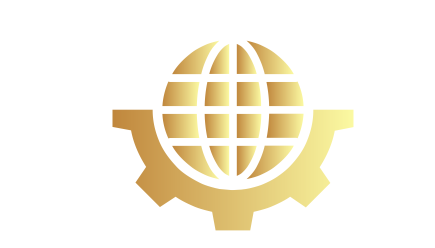Private markets – is the music still playing?
Karen Wendt, SFTL President & expert in responsible, impact and sustainable investing
https://swissfintechladies.ch/sftl-authors/
Private markets – is the music still playing?
The private markets investment model is geared toward very large, patient investors willing to lock up their money for a period of years before they see any distributions. So, it’s no surprise that liquidity is one of the biggest challenges. For many assets you have to apply a buy, and hold strategy and can only sell after a period of 5 to 10 years. This is why private investors investing in such private markets really want to understand the exit strategy. How will they redeem their money? Will the company be sold to a bigger company, will it stay on the market and make cash flow forever or will it come to a stock exchange through an initial public offering?- These are important questions for investors.
When the company stays on its own, there is also an analysis required on how sustainable is their business mode. Will it always keep its competitive edge or will new players be able to take away some of their market share? All these problems would not exist if there were liquid markets where investors could buy and sell their assets. but a private market is characterised by the fact, that there is no liquid stock and there is no market price building mechanism.
And yet the volume of assets in the private markets is huge. According to Mac Kinsey Private Markets Review Private Markets Assets under Management (AUM) total $11.7 trillion in 2022. Private markets have enjoyed strong tailwinds since the depths of the Global Financial Crisis (GFC). Interest rates stayed low, credit availability was high, and valuations rose consistently. AUM has now grown at an annual rate of nearly 20 percent since 2017. As of the second quarter of 2022, dry powder exceeded $3 trillion, reflecting an 8.4 percent year-over-year increase and marking the eighth consecutive year of growth. Dry powder inventory—the amount of capital available to General Partners running a private equity fund expressed as a multiple of annual deployment of capital —spiked. this means that Private Equity Fund Managers habe become more selected, asset marketing cycles have become longer and the investors crowd more cautious.
So is the music still playing in private markets?
In the second half of 2022 the deal volume in private equity decreased 26 %.
To address the liquidity issue and find solutions for the liquidity demand of private investors, some General Partners managing private asset funds have started to move away from the typical 10-year lockup period, by launching so-called “semi-liquid” structures, which allow for some capital redemption (i.e. 2% per month and 5% per quarter), however these structures are still relatively rigid, in order to protect the interests of other shareholders (Bain, 2023).
One solution for more liquid markets in the long run may be tokenisation. but this will be part of another forthcoming article.
Let us stay for now in the private market itself. Is it still worth going there and taking the risk of illiquidity? Probably now when asset targets like start-ups and growth companies struggle to find investors, work at the edge of exhaustion and GPS have a lot of ry powder it may be exactly the right time of invest. Exaggerated valuations have been taken down int he second half of 2022.
Also when the next financial crisis looms investors will be herding to asset classes that are uncorrelated to the market. Sow beyond private equity and venture capital this might be the time for some very unconventional investments.
– The Rare Whisky Apex 1000 Index has increased by almost 400% over the past decade. At the same time, forecasts predict that the global whisky market is expected to grow by 5.18% to a volume of 108 billion by 2027. This offers further potential for positive performance of limited edition whisky bottles.
– For Hermès bags, an increase in value of 5-10% per year can be observed on the secondary market. Individual models, such as the Diamond Himalaya handbag, even record an increase in value of up to 50% in just one year.
– Continuous price increases of leading watch brands such as Rolex, Patek Philippe and Audemars Piguet strengthen secondary markets and increase the values of older models. Standard Rolex models are trading on average 23.7% above retail prices.
– Investments in Lego bricks can generate returns that outperform established investment opportunities: the 2007 Lego set Creator Expert Modular Building 10182 Café Corner is currently selling for EUR 3,020. This corresponds to an annual return of 20.6%.
Wow! LADIES!
… But a word of warning: You should really know what you buy, you should understand the financial construct behind it and you should ask critical questions and find the sustainable investment. If you want to become a real private market investor come and join our financial literacy and angel trainings we are running at least twice a year.
Presseportal: https://www.presseportal.ch/de/nr/100096065https://swissfintechladies.ch/blog/








No Comments